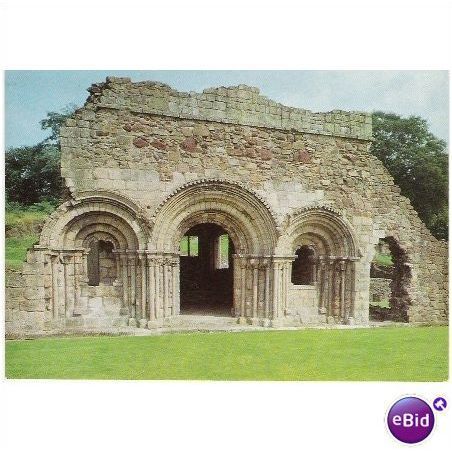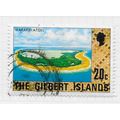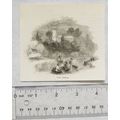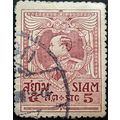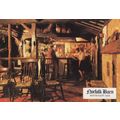Haughmond Avenue, Shropshire 1970s HMSO postcard
- Condition : Used
- Dispatch : 2 Days
- Brand : None
- ID# : 43898262
- Quantity : 1 item
- Views : 267
- Location : United Kingdom

- Seller : justthebook (+1699)
- Barcode : None
- Start : Sun 22 May 2011 05:34:39 (EDT)
- Close : Run Until Sold
- Remain : Run Until Sold
Checks/Cheques
 for 1 item(s) edit
for 1 item(s) edit
Shipping Calculator
More Listings from This Seller view all
Seller's Description
- Postcard
- Picture / Image: Haughmond Abbey, Salop (Shropshire) - Entrance to Chapter House
- Publisher: Department of the Environment / HMSO
- Postally used: no
- Stamp: n/a
- Postmark(s): n/a
- Sent to: n/a
- Notes & Key words:
------------------------------------------------
Postage & Packing:
UK (incl. IOM, CI & BFPO): 99p
Europe: £1.60
Rest of world (inc. USA etc): £2.75
No additional charges for more than one postcard. You can buy as many postcards from me as you like and you will just pay the fee above once. (If buying postcards with other things such as books, please contact or wait for invoice before paying).
Payment Methods:
UK - PayPal, Cheque (from UK bank) or postal order
Outside UK: PayPal or Google Checkout ONLY please. NO non-UK currency checks or money orders (sorry).
NOTE: All postcards are sent in brand new stiffened envelopes which I have bought for the task. These are specially made to protect postcards and you may be able to re-use them. In addition there are other costs to sending so the above charge is not just for the stamp!
----------------------------------------------
Text from the free encyclopedia WIKIPEDIA may appear below to give a little background information:
*************
Haughmond Abbey at Haughmond Hill in Shropshire, otherwise known as the Abbey of Saint John the Evangelist, was founded in about 1100 AD. A statue of St John with his emblem can be found carved into the arches of the chapter house. His image also appeared on the Abbey's great seal.
The Abbey began as a small religious community towards the end of the 11th century. During the 1130s it attracted the patronage of William d'Aubigny, 1st Earl of Arundel and Norman Lord of Clun. In 1135 he founded an Augustinian priory, but having established itself as one of the Order's more influential houses, Haughmond was given Abbey status in 1155.
There are believed to have been some 24 canons residing at the Abbey by the end of the 12th century. From the architectural evidence surviving today, it appears that it was once a thriving and prosperous community. It was dissolved in 1539 as part of Henry VIII's nationwide Dissolution of the Monasteries. Records show that the then Abbot and 10 canons were present at the signing of the deed of surrender, each of them receiving generous pensions. The annual income was estimated at just under £250.
After dissolution, the new owner Sir Edward Littleton converted the Abbots Hall and adjoining rooms into a private residence. Later history also shows that some of the other buildings around the little cloister continued as private accommodation, with the Little Cloister becoming a formal garden, up until the English Civil War.
There was a fire during the Civil War and it left the hands of the wealthy being turned over for use as a farm, a small cottage still stood in the area of the former abbots kitchen when the ruins were placed in the guardianship of the Office of Works in 1933. Today English Heritage looks after the site.
The standing remains are of white sandstone rubble construction with ashlar dressings. They include: the foundations and west cloister doorway of the late 12th and early 14th century church; the late 12th century chapter house; the west wall of the warming house and dorter; the walls of the frater and its undercroft; and the early 13th century infirmary, flanked by the abbot's lodging to the east.
The abbey precinct is enclosed in part by a wall of undressed stone, which still stands around the south and west sides. The outer gatehouse and a possible inner gatehouse survive in earthwork form along with other buildings which may have been part of the Abbey. A reservoir and three possible fishponds can be identified, along with various other medieval features.
Apart from a few walls, little else has survived from the western side of the site and, at the northern edge, the abbey church has completely disappeared - although the cruciform ground plan is still clearly visible. A single Norman architecture arched doorway, leading from the nave of the church into the cloister shows fine foliage moulding, with the sculptured figures of St Peter and Saint Paul either side of the opening.
Listing Information
| Listing Type | Gallery Listing |
| Listing ID# | 43898262 |
| Start Time | Sun 22 May 2011 05:34:39 (EDT) |
| Close Time | Run Until Sold |
| Starting Bid | Fixed Price (no bidding) |
| Item Condition | Used |
| Bids | 0 |
| Views | 267 |
| Dispatch Time | 2 Days |
| Quantity | 1 |
| Location | United Kingdom |
| Auto Extend | No |

